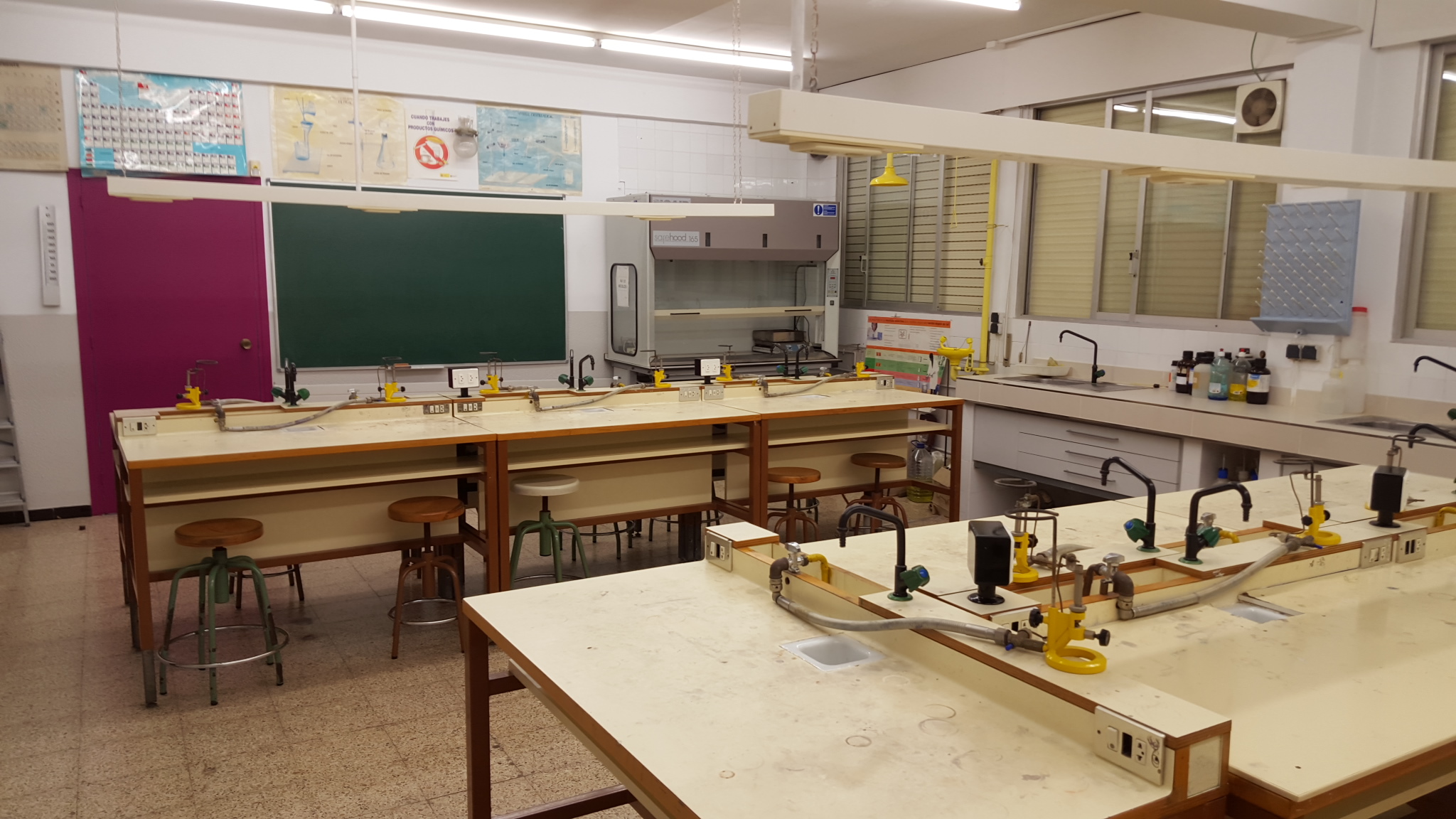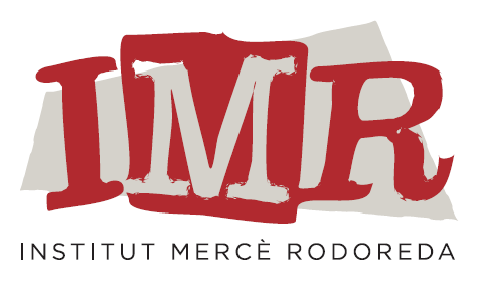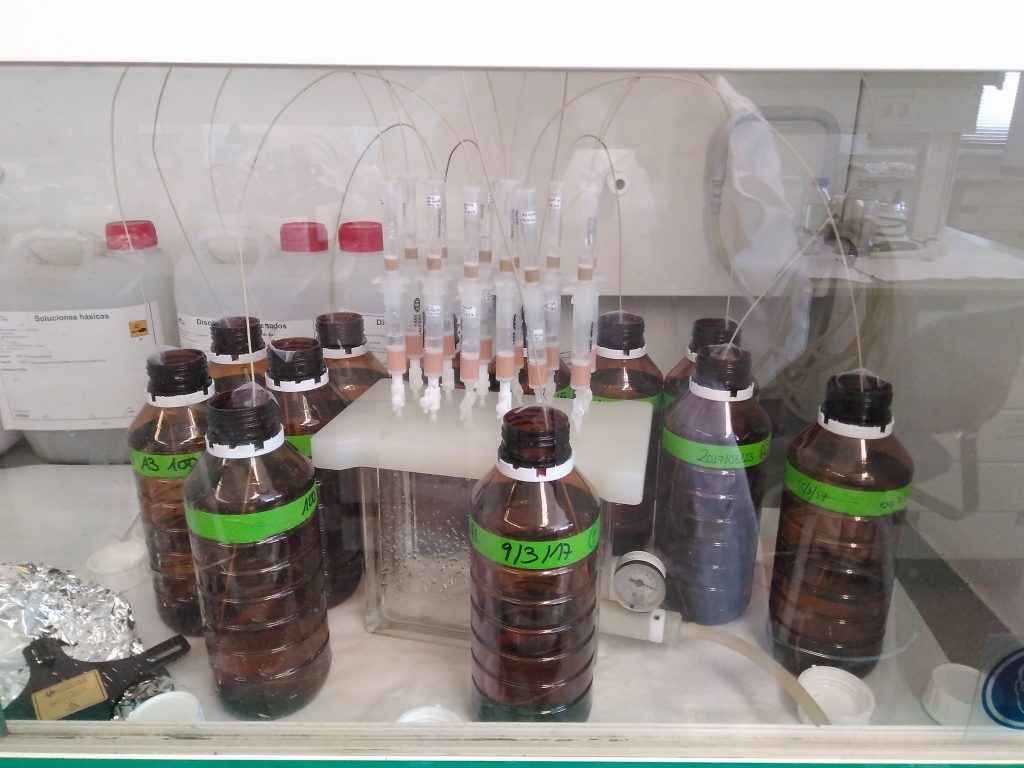To get the final degree from the CFGS of Environmental Chemistry we have to do a total amount of 440 hours of an internship in a laboratory or in a business. I have been lucky enough to get to do them in a lab, at the CSIC- IDAEA.
I am so happy to be there because it has given me the chance to improve my knowledge, to do things I could not have done in another place and to enjoy science.
Basically what I do is to analyze pharmaceuticals compounds contained in water samples that come from Girona. To do so, what I first have to do is an SPE.
A solid phase extraction (SPE) is a sample preparation process by which compounds that are dissolved or suspended in a liquid mixture are separated from other compounds in the mixture according to their physical and chemical properties.
What comes next is the experimental protocol that I follow in my practices.
The volume used for the water samples was 500 mL, all samples were spiked with the same concentration of internal standard (IS), c = 50 μL. Hence final concentration was 100 ng/ L. The collected samples were filtrated through a glass microfiber filter GF/F 0,7 μm and a nylon membrane filter 0,45 μm both from Whatman, UK, under vacuum conditions.
First, the filters were placed in series, but during the experiment adjustments were made to enhance speed, therefore at the end the filters were placed successively. Once the samples were filtered, the pH had to be adjusted to 6,8-7,1.
A blank sample was prepared using half of the volume from the previous samples, 250 mL, and half of the volume from the IS 0,25 μL. The pH in this case did not have to be so strict, so the rank could be between 6,5 and 7,5.
For the solid phase extraction (SPE), two cartridges per sample were placed in series, thereby the order was important, first ENV+ 500 mg, then Bond Elut PPL 500 mg cartridges. In the beginning they had to be conditioned with 3 mL of methanol (MeOH), 3 mL of methanol and ethyl acetate mixture 1:1, 3 mL of ethyl acetate, and 3 mL of HPLC water just by the force of gravity. Water might not pass the cartridges just by the force of gravity, thus a little help/ push from a vacuum pump at the beginning solved the problem. The SPE-channel tubes, which connect the samples with the cartridges, had to be cleaned before use. First, HPLC water was used to run through them, second time pure MeOH, and after cleaning the tubes from all organic compounds, water was used again to flush the rest of MeOH.
After everything was conditioned and cleaned, the extraction could start with an approximated flow rate of 10 mL/min, held by a vacuum.
After all water from the bottle samples passed through the cartridges, O2 was used to dry them separately, because that way the drying worked at a higher speed than it would do in series. Unfortunately a separate beaker is necessary, if though it enhances the speed of the method another time.
The cartridges were eluted one by one separately into the same sample vial applying the same solvents already used during the cartridge conditioning, 3 mL of methanol, 3 mL of methanol and ethyl acetate mixture 1:1, and 3 mL of ethyl acetate. In the beginning a small and short vacuum was adjusted to start the flow of solvent through the cartridges, afterwards it passed by its own.
Finally, the solutions obtained from the elution were evaporated by the turbovap instrument, which works with a stream of nitrogen. Next, the vials were rinsed with 500 µL of MeOH and solvent was transferred to a smaller vial (V = 2.5 mL). The whole procedure was done three times to transfer all compounds. Prior analysis with an Orbitrap (QExactive) instrument the samples had to be put into initial conditions. Therefore solutions were again evaporated and conditioned to initial-conditions (97(H2O):3(AcN)).

Zaira























